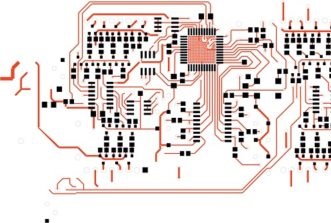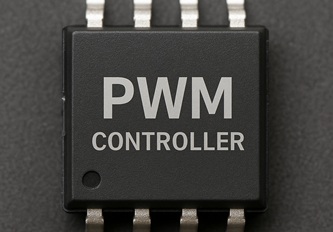This website uses cookies so that we can provide you with the best user experience possible. Cookie information is stored in your browser and performs functions such as recognising you when you return to our website and helping our team to understand which sections of the website you find most interesting and useful.
Load Store Architecture for Quantum Computers
Researchers in Japan have made a significant breakthrough by developing the first fault-tolerant load-store architecture that is compatible with any quantum computer. This innovative architecture, known as the load store quantum computer architecture (LSQCA), has the potential to reduce the resource requirements of quantum computers by up to 40%. By addressing issues related to scaling, memory utilization, and portability that have plagued traditional quantum-circuit-based designs, this development represents a crucial step towards creating a general-purpose quantum machine.
The collaborative effort involved researchers from NTT, The University of Tokyo, Kyushu University, and RIKEN. The LSQCA allows for easy portability of programs between different quantum machines, similar to how programs are transferred between classical computers today. This abstracted architecture can be applied to a wide range of qubit devices, connectivity configurations, logical operations methods, and error-correcting codes, making it a versatile and adaptable solution for the quantum computing landscape.
- Record $230m for neutral tom quantum computer
- Quantware raises €20m for 1m qubit quantum computer
- PsiQuantum shows quantum chips
Unlike conventional quantum computer designs that rely on quantum circuits to store and execute programs from computable registers, the load-store architecture divides the device into separate memory and processor components. By utilizing abstracted instructions such as "load" and "store" to exchange data, programs can be constructed in a portable manner that is independent of specific processor or memory structures. This approach not only enhances portability but also maximizes memory utilization by dedicating memory solely to data storage.
The hierarchical memory subsystem of the LSQCA ensures scalability of memory capacity while minimizing average access latency. By analyzing memory reference patterns for fault-tolerant quantum computer algorithms, researchers found that the load-store architecture can exploit access locality, leading to optimized memory efficiency and performance.
The LSQCA introduces the concept of Computational Registers (CR) and Scan-Access Memory (SAM) to efficiently manage memory regions within the quantum device. The architecture offers two compatible designs, point-SAM and line-SAM architectures, tailored for surface-code-based fault-tolerant quantum computing. These designs exhibit varying characteristics in terms of memory efficiency, latency, and access locality utilization, providing flexibility and optimization options for quantum programmers.
By proposing new quantum memory methods such as row access type and point access type, the researchers have demonstrated the potential for achieving 100% theoretical memory efficiency with practical efficiency levels reaching approximately 90%. This innovative approach minimizes computation time increases associated with load-store computation, making quantum calculations more efficient and practical for real-world applications.
Through numerical simulations and evaluations with realistic quantum programs, the researchers have confirmed that LSQCA offers higher memory density compared to conventional floorplans with minimal execution time overhead. Moving forward, the team aims to enhance the architecture further by developing a sophisticated instruction scheduler to manage variable memory-access latencies effectively, paving the way for even more efficient quantum computing solutions.














